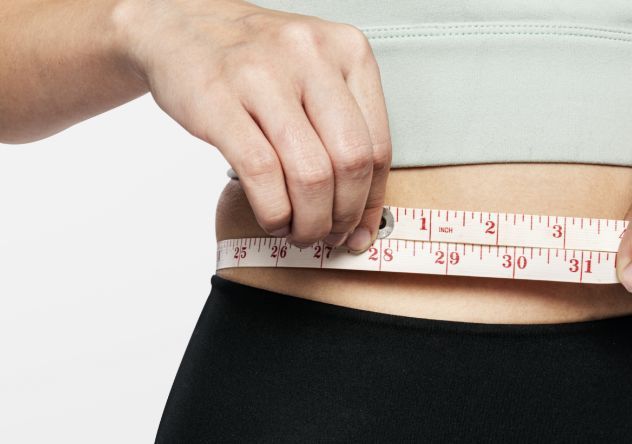Fat mass & Body Fat Ratio
Fat mass is the weight of fat tissue in an individual's body, and body fat ratio is the ratio of fat mass in it's total weight.
Body fat is necessary to maintain body temperature, cushion joints, and protect internal organs. The amount of fat required for a person to perform vital functions in a healthy way varies according to gender. Due to fertility and some hormonal functions, the ratio required in women is higher than in men.
A high-fat body can harm your health in the long term. Reducing excess body fat has been shown to directly reduce the risk of certain conditions such as high blood pressure, heart disease, diabetes, and certain cancers.
The low-fat percentage may lead to osteoporosis, deterioration of skin health, and possible infertility in the following years.
If you are interested in want to maintain a healthy lifestyle, measuring and understanding your body fat is incredibly important.












